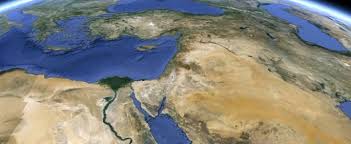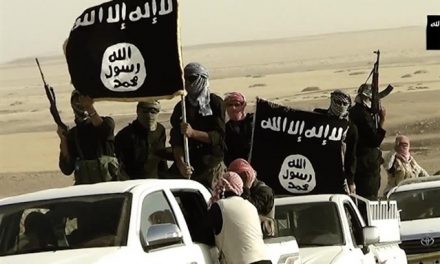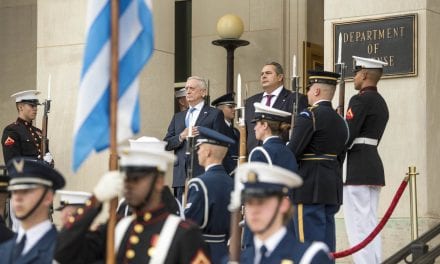BY ROBERT MASON, OPINION CONTRIBUTOR-The Hill
While President Trump has promised an “America first” strategy, including major policy changes such as the construction of a Mexican border, the indiscriminate travel ban on some Muslims entering the United States, and a more hardline strategy on Iran, U.S. policy on the Middle East looks set to be dominated by the mechanics of U.S. government operations.
At its core lies indecision and policy variances within the executive branch, policy variances between the executive and legislative branches, as well as budget bottlenecks and cutbacks.
The greatest divergence in foreign policy so far appears to be between President Trump and Rex Tillerson and James Mattis over the Qatar crisis, and more recently over North Korea, which has forced Tillerson to “go rogue” in forging a more independent and diplomatic course to unfolding events. While this has served to bring in a more cool headed approach at times, it does not encourage confidence in the system as a whole.
The Trump administration’s strategy for dealing with human rights appears to be one of either engagement or isolation. For example, following President Abdel Fattah Sisi’s visit to the White House in April, it became clear that President Trump would not bring up human rights in public, but might work behind the scenes to address it. The strategy may have paid dividends in the release of Aya Hijazi, an Egyptian-American charity worker who spent nearly three years in detention. Toward states such as Iran and North Korea, President Trump used human rights as part of a new “axis of evil” discourse.
President Trump has not said whether the annual $1.3 billion in military aid to Egypt will remain unreformed. At a Senate hearing on Egypt in April, at which Michelle Dunne, Elliott Abrams, and Tom Malinowski all advocated a change to how military aid is allocated. Abrams suggested increasing the percentage of U.S. military assistance linked to human rights metrics from 15 percent to 25 percent. It appears the Senate took note and has since slashed military aid to Egypt by $300 million.
There are millions of dollars left in aid pipelines to states such as Egypt but there are obstacles to spending due to lack of agreement on what the key areas for engagement are. So far it appears that there is only a potential consensus on water, some education, and population projects. Rising populations and dwindling water resources will affect millions in the Middle East over the coming years and could contribute to conflict. Drought has already been cited as one of the factors that preceded the uprising and civil conflict in Syria.
In states such as Iraq, the U.S. Agency for International Development’s budget has been entirely allocated to alleviating the suffering of millions of refugees, thus no forethought can be given to tomorrow’s existential issues. Investment in key sectors are therefore dependent on either increasing aid or on the success of public policy entrepreneurs in lobbying the appropriations committees in Congress for more funding.
Increasing budgets for USAID or investment could follow if more American business and trade interests in the Middle East are realized. This will put pressure on Middle East leaders to adopt a favorable U.S. trade and investment policies, which will remain difficult to implement given the modest internal markets of most Middle East states, lack of foreign reserves in economies that require little aid, and low industrial output. It will likely exacerbate the economic challenges that some of these states are already facing.
Although the USAID budget has been cut back by 38 percent, funding for East affairs has only been cut back by 11 percent, showing the Trump administration feels there are good reasons to maintain economic engagement in the Middle East at similar levels to previous administrations. However, there remain manpower issues since the State Department is still not fully stocked with permanent senior level officials able and ready to implement a coherent strategy with confidence.
So far, President Trump’s disparate policy focus, lack of traction in key areas of Middle East policy, including Israel and Palestine, and isolation of states such as Iran, will mean U.S. policy for the region remains disjointed. While a nuanced policy approach is being imposed by other branches of government, more effective resource deployment, engagement, and follow up is desperately needed to ensure that there is accountability and progress, particularly in securing peace in conflict zones, protecting human rights, and making real gains towards sustainable economic development across the region.
Robert Mason is an associate professor and director of the Middle East Studies Center at the American University in Cairo.



















